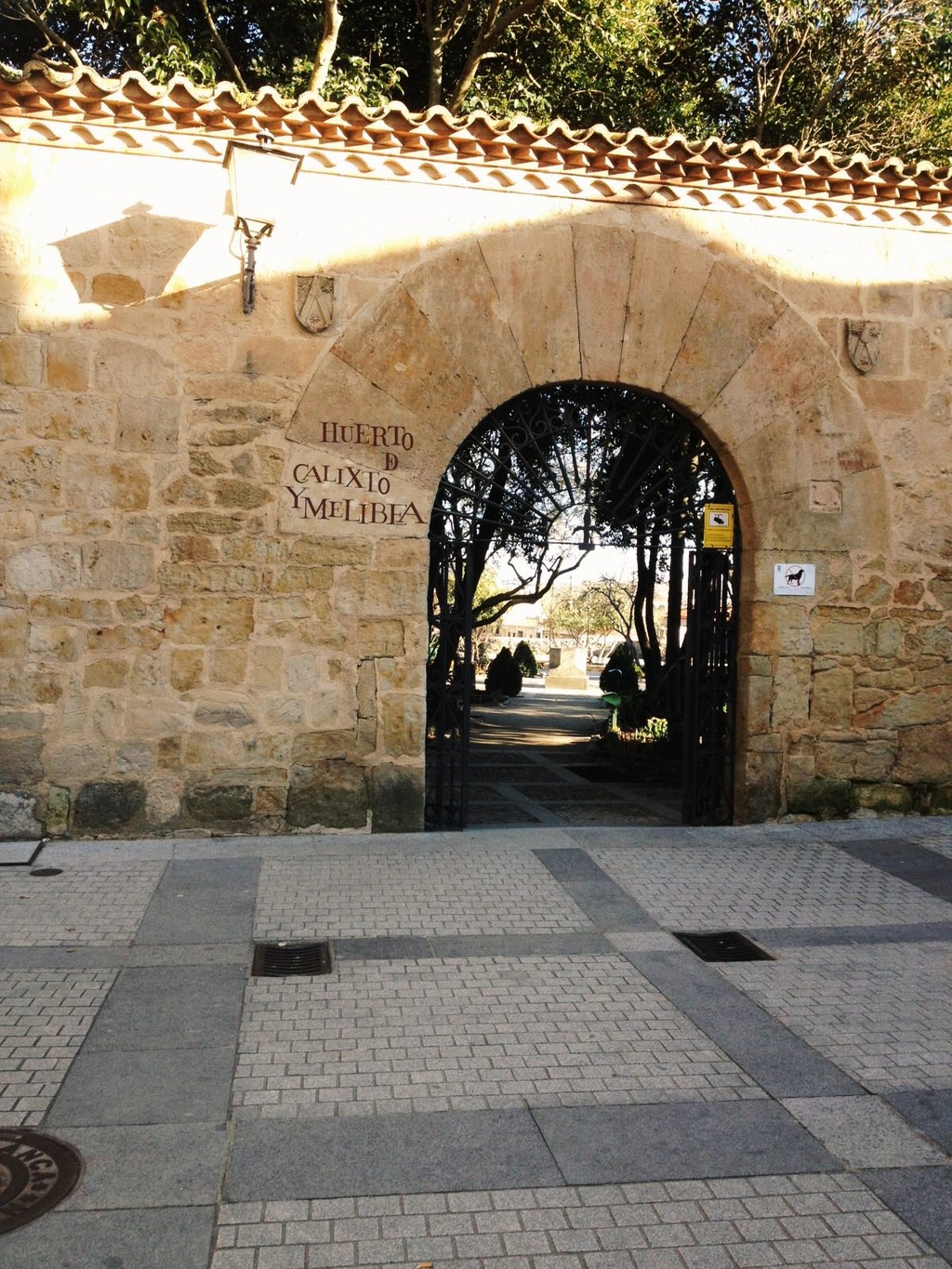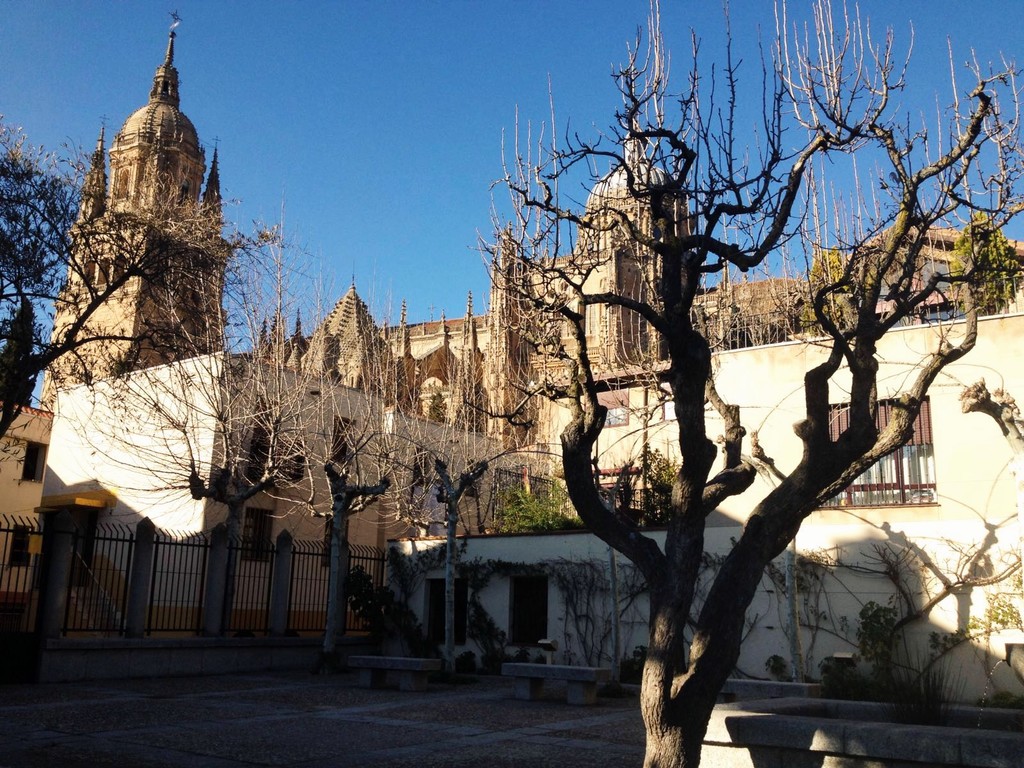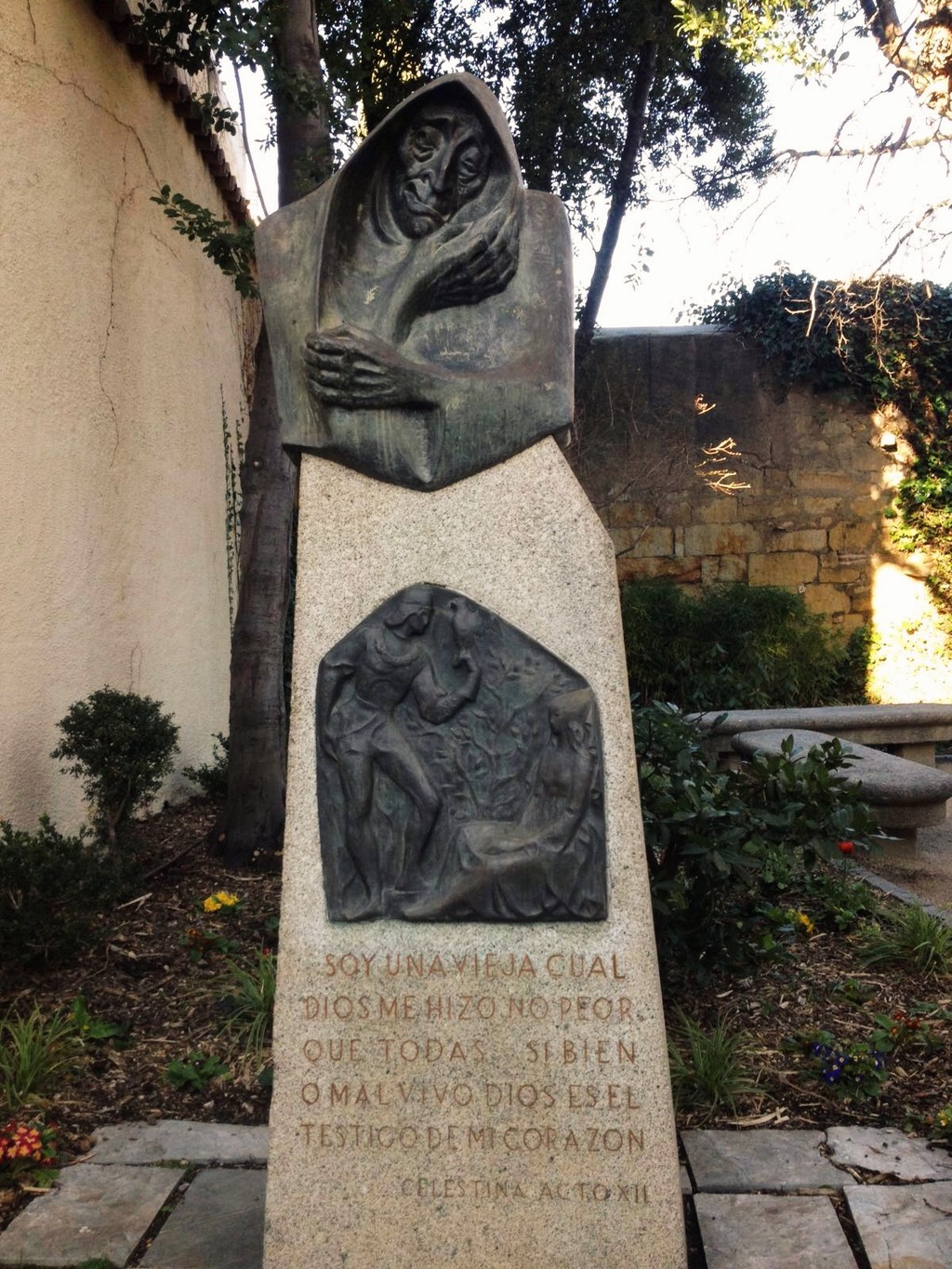Tales of Salamanca - pieces of the Spanish literature
Without doubt Salamanca is a historical city and thanks to that there are thousands of stories its walls are hiding. In this post, I would like to introduce two of them that I was told by my Spanish friends and I find them very interesting. These stories are fictional, yet important representatives of the Spanish literature that have throughout the years incorporated into their culture as well.
La vida de Lazarillo de Tormes y de sus fortunas y adversidades
(in English: The Life of Lazarillo de Tormes and of His Fortunes and Adversities)
The first story was published anonymously in the 15th century due to its heretical content. It tells about the life of a boy named Lazaro, who was born on the riverside of Tormes (the river in Salamanca). Because of his problematic stepfather, his mother asks a blind beggar to take on Lazaro as his protegee. However, the kid starts to develop cunning skills and at the end becomes a "pícaro” – which translates to English as a rogue – making his master’s life more difficult. Each chapter of the book is devoted to the mischievous actions of Lazarillo while serving the blind man and other masters such as a priest, a chaplain, a squire, etc.

The novel was born in the Golden Age of Spanish literature. At that time, several Spanish writers tried to call attention to how full Spain was of rogues and emphasize the importance of honour and loyalty. But what is more, this novel created a new literary genre called Picaresque and its effects were observed in subsequent centuries as well.
Fernando de Rojas: La Celestina
(original title: La Tragicomedia de Calisto y Malibea)
The next story is a tragic love story that at the same time is a representation of the struggle between the different social classes in the medieval Salamanca. Back then, the segregation was not only manifested in people’s behaviour but there was also a literal physical separation in the city: the old part of Salamanca was occupied by the higher classes, while the lower classes were living under the walls. These circumstances serve as a background to the novel.
The protagonists are Celestina, an old woman who runs a brothel and used to be a prostitute herself; Melibea, a high middle class pretty young lady; and Calisto, the man who despite his origin from the lower class falls desperately in love with Melibea. Other important characters are the servants of Calisto and two prostitutes from Celestina’s brothel.
At the beginning of the story, Melibea rejects Calisto’s declaration of love towards her for being from a lower social class and to honour her family’s name, which makes Calisto quite sorrowful. This is how Celestina comes into picture as she is also famous in Salamanca for being a manipulative procuress. The loyal servants suggest Calisto to get in contact with Celestina who could convince Malibea to meet him again and he decides to do so. However, he does not want to go personally and therefore sends his servants to see the old lady. The servants follow their master’s request and visit the procuress, but soon it turns out that they are not that loyal after all, because they make an arrangement with the woman based on mutual benefits. As the story develops, Calisto and Melibea actually start seeing each other, and while Melibea is falling in love with Calisto, his idealistic love starts to turn into mere physical attraction.
However, at the same time, Celestina breaks the arrangement with the two servants, and they get angry and kill her. But the problem is that Celestina was in a very close relationship with two of her prostitutes from the brothel and they want to get revenge on the servants for killing their patron. So they decide to trick the servants and get them arrested by the guards, which follows their execution. After this, Calisto seems ignorant and hires other servants, but the prostitutes feel offended by that. So they decide to get rid of Calisto as well. As there could not have been much physical contact between different social classes, they hire assassins to hunt down Calisto. One night, when Calisto is at the inner part of the city, he notices some people chasing him and assumes that they are the guards of Melibea’s family. In the sudden moment of his realization, trying to move quickly, he falls from the wall of Salamanca and dies immediately. When Melibea hears about the death of his lover, she cannot accept the loss and commits suicide by jumping from the top of a building.
Yes, as I have mentioned it earlier, it’s quite a tragic story, but also very famous. There is a movie adaptation of it, but more importantly, the name Celestina has become by now a word to describe those people who have similar characteristics to the Celestina in the book. As they say it in Spanish today: “ser una celestina” or “estar hecho una celestina”. It refers to a person who tries to intervene in a relationship or tries to get people together. It is also very interesting that according to hearsay, de Rojas based his story on an already existing page he found by accident. What a lucky man!
La Celestina is one of the oldest and most important creation of the Spanish literature that couldn’t be demonstrated better than by the following pictures I took the other day in Salamanca:There is a garden here called El Huerto de Calisto y Melibea.




[This is Celestina]
Hope you found the stories interesting and could get an insight into Spanish literature.
Photo gallery
Content available in other languages
Want to have your own Erasmus blog?
If you are experiencing living abroad, you're an avid traveller or want to promote the city where you live... create your own blog and share your adventures!
I want to create my Erasmus blog! →








Comments (0 comments)